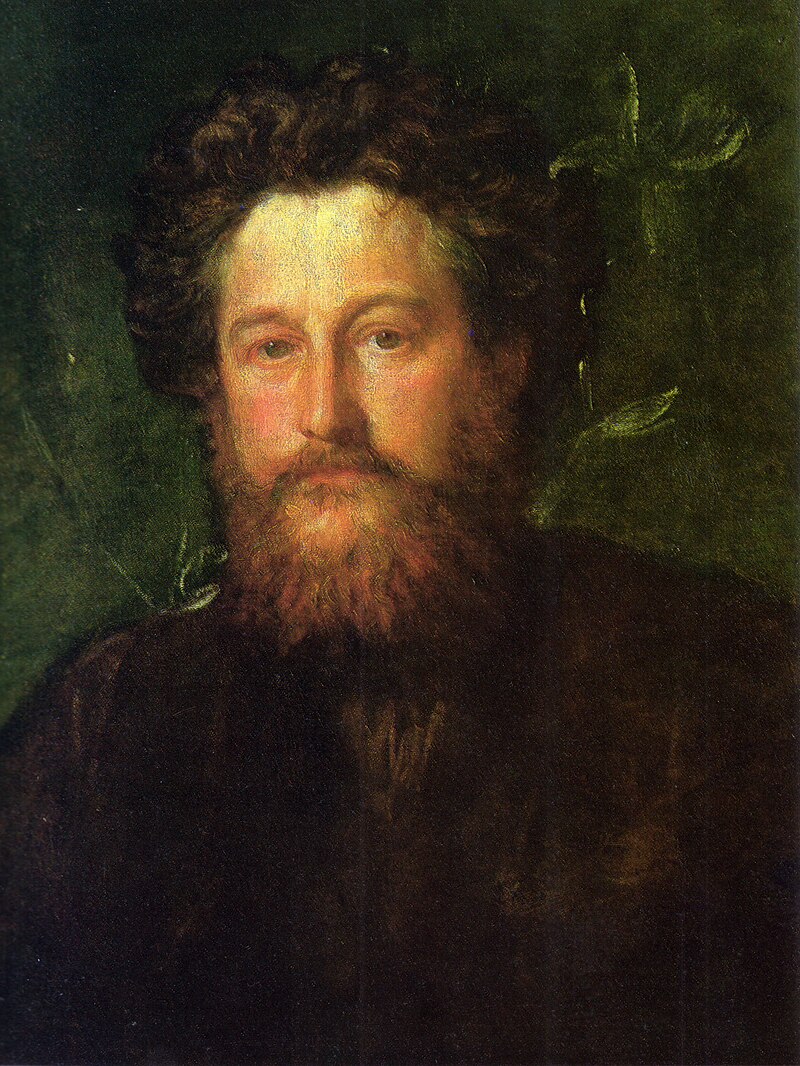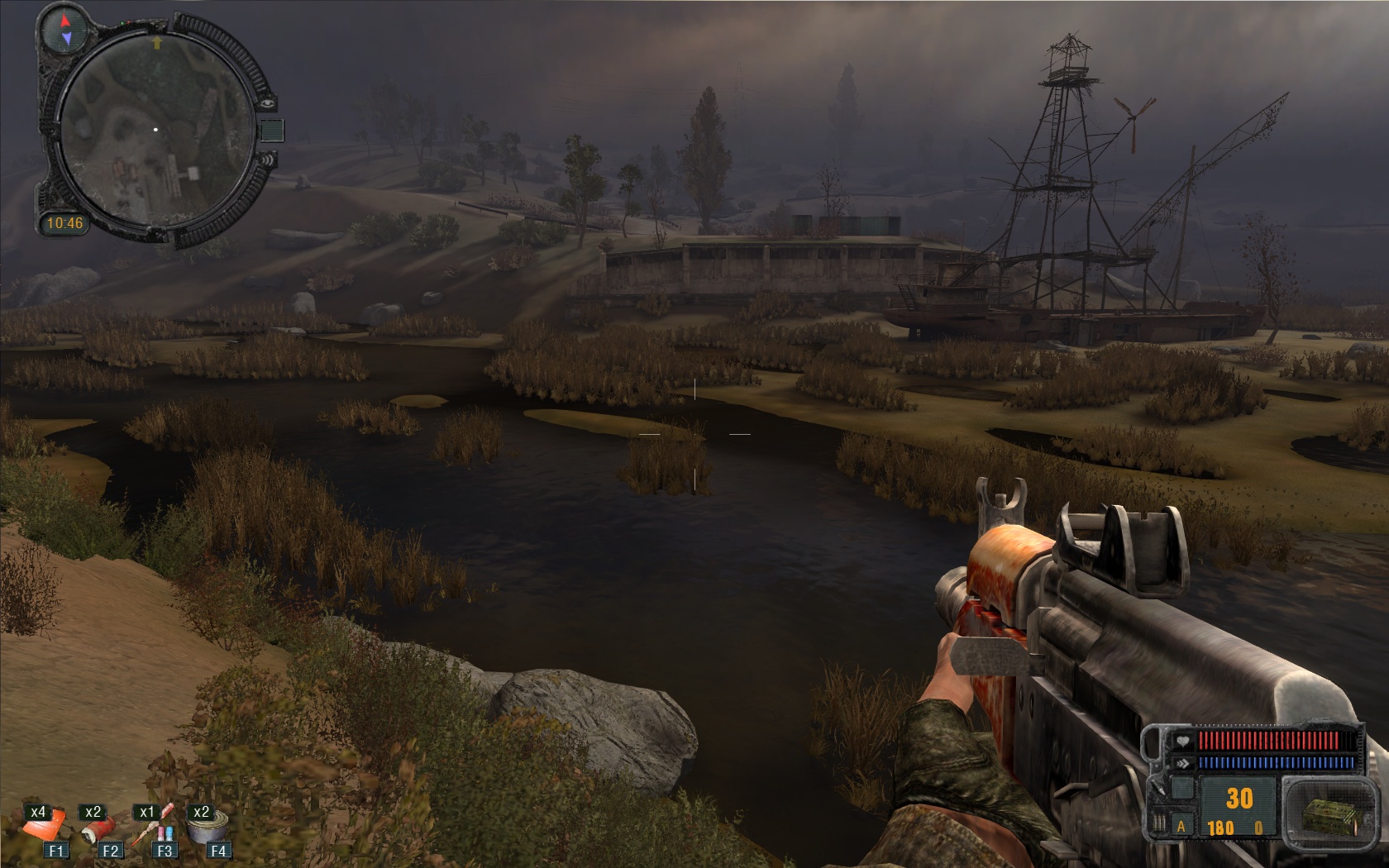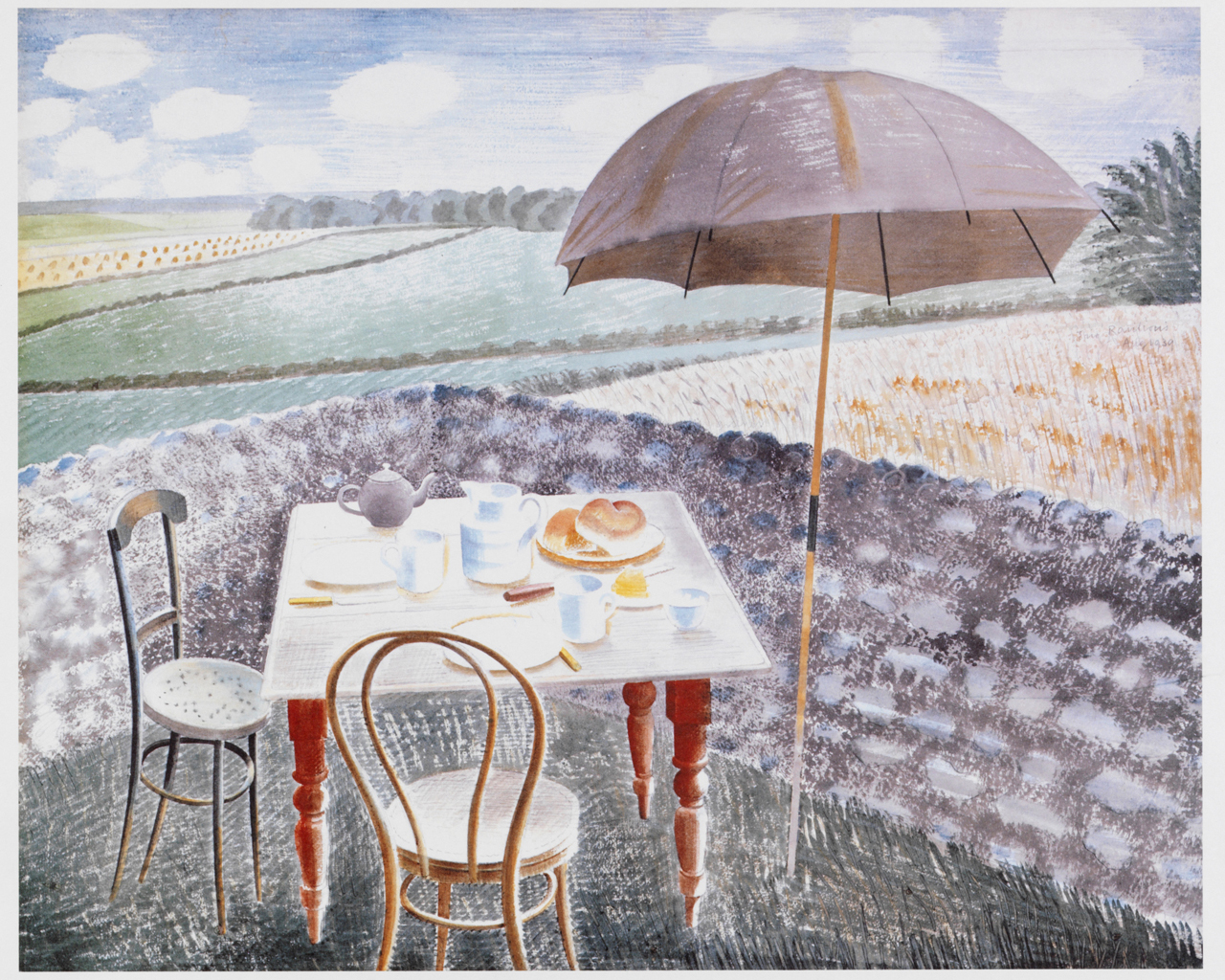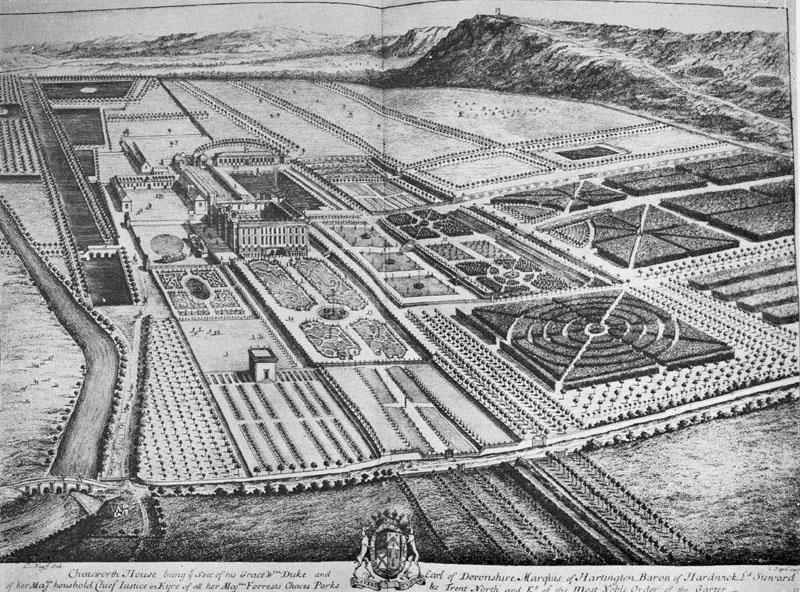Mahler's hut at Steinbach
Source: Wikimedia Commons
I have often written here about writers' huts but said nothing about composer's retreats, apart from one reference to a Tomas Tranströmer poem on Grieg in his
work-cottage, 'shut in with silence.' Gustav Mahler had three composing huts: in the Salzkammergut at Steinbach, further south at Maiernigg, and in Toblach (now Dobbiaco, in Italy). They are all in spectacular settings and can form the basis of a tourist itinerary, although it is questionable how far we can still experience the landscapes Mahler knew. Ten years ago, visiting the hut at Steinbach which Mahler had built in 1893 to avoid noise in the inn where he was staying that summer, Alex Ross suspected that his 'unquiet ghost is no doubt upset by the fact that his idyllic
lakeside retreat is surrounded by an RV site and campground, where kids
squeal all day long and German rap pumps from boomboxes.' Nevertheless, 'if you look up to the colossal rockface of the Höllengebirge, which
towers hundreds of feet above the lake, you can get a sense of why
Mahler found this site so inspiring.' Ross quotes 'Bruno Walter's memoir of Mahler: "As on our way to his house I looked
up to the Höllengebirge, whose sheer cliffs made a grim background to
the charming landscape, he said: 'You don't need to look — I have
composed all this away!" The rockface became the introductory theme of
the Third Symphony, the unison chant for eight horns, which he dubbed in
one sketch "What the rocky mountain tells me."'
On that trip to Steinbach in 2005 Ross was accompanied by the critic Jeremy Eichler. Earlier this month in the Boston Globe Eichler described a return trip. (The article's picture caption refers to 'Gustav Mahler’s conducting hut' which leads me to imagine somewhere built because his family got fed up with him waving his baton around in their holiday inn). Eichler writes that 'the walk had changed since my last visit. In Mahler’s time, meadows covered with wildflowers led down to the lake. Later, livestock were kept here. Eventually the site was converted into a campground. On this visit, the mobile homes I had recalled at the periphery seemed to have multiplied to the point that the area had the feeling of a full-fledged camping village.' Apparently the hut itself had been attached to camp bathrooms until its restoration in the eighties, and prior to that it had been used as a slaughterhouse. Leaving the hut, Eichler wonders whether more great works of art 'should have their own tiny huts, physical places you could visit that symbolize their very essence. Of course someone is always fixing their generator nearby, or wanting to turn the hut into a bathroom. But maybe the impulse to seek out these places nonetheless is not naively literal-minded so much as it is part of how we make the works our own, the way we locate their cosmic expressions on a more humble map of lived experience.'


































